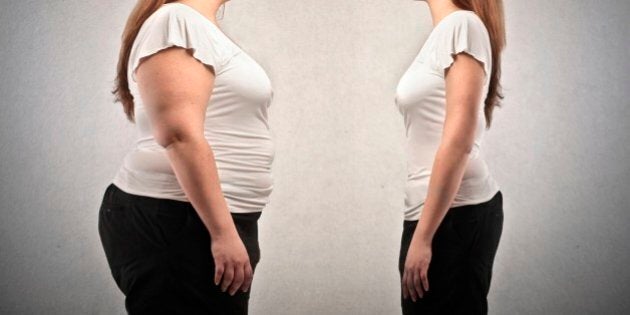
More people pay close attention to their physical health and well-being, and yet obesity rates and diseases stemming from weight problems continue to rise. While healthy eating and regular exercise have become commonplace among the educated and affluent, the less fortunate show little signs of improvement regardless of efforts by health experts and government policy makers to change their fate. In fact, studies find that the gap between the fit and the fat keeps widening.
Physical appearance has been an important issue in most societies throughout the ages, but today, how we look has become a reflection of how we live and visa versa, says Dr. Florentine Fritzen, a journalist and historian who studies sociological trends.
Being well-fed was once a sign of wealth, but poor people are now most prone to unhealthy weight gain and related diseases, while the well-to-do enjoy greater fitness and vitality, even longer life expectancy, than ever before.
Life presents itself very differently to these two groups. To which one you belong determines multiple aspects of your well-being, not just how well you eat, Fritzen says.
Your good looks also play a role in how society judges you. For example, if physical beauty and fitness are equated with hard work, discipline and success, overweight can then be identified with laziness and lack of self-control. If slim is thought of as healthy, then fat can be considered as sick.
Numerous studies have investigated how physical appearance plays out in the workplace. Just being overweight can hurt your career, according to Steve Siebold, a self-help coach, business consultant and author of Die Fat or Get Tough: 101 Differences in Thinking Between Fat People and Fit People. "Many employers look at obese candidates and immediately think, 'this person failed in controlling their own health, how are they going to run a division?'" he warns.
More and more companies actively encourage their workers to stay on top of their health and offer wellness programs and other incentives, which in turn help them prevent productivity loss and lower healthcare premiums. But, as some have reported, there can also be a lot of pressure on those who "don't measure up."
What gets too often overlooked in all this is how much easier it is to stay in shape for people who have the necessary means to take care of themselves. What is feasible with a good education, financial security, access to supplies and services, a safe home and neighborhood, etc. can be a never-ending struggle without them. And that is not simply a matter of personal choice.
The Centers for Disease Control and Prevention (CDC) lists a number of determinants that decide whether someone's living conditions are beneficial or detrimental for his or her health. Only one of them is based on biological factors like age, gender and genetic predispositions. Only one is based on individual behaviour such as diet and lifestyle choices. All others are environmental and circumstantial in nature, meaning they are largely outside a person's control.
To fully understand the existing health disparities and inequities among the public today, we must take into account the social and economical disadvantages that affect individuals or entire groups in ways they cannot easily influence, but expose them to heightened risks, the agency says. To narrow the gap towards greater health equality, it urges aggressive investing in broader access to healthcare services as well as health education.
Obviously, we have a long way to go.
MORE ON HUFFPOST: